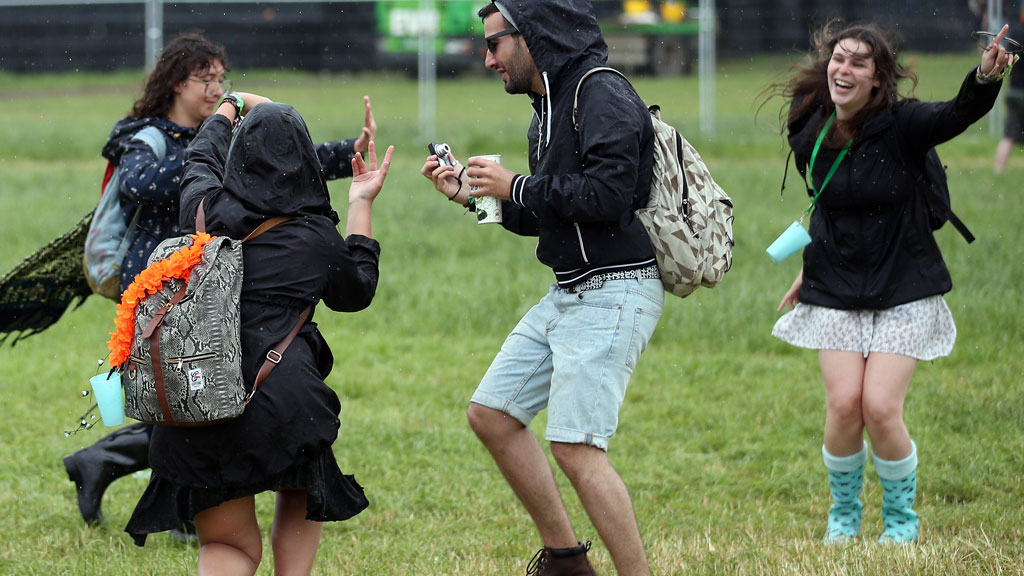Glastonbury: it’s all about music, madness and mud
It began more than 40 years ago, with a £1 entry price and free milk from the farm. It’s a totally different beast now – but Glastonbury still has a special and unique magic, argues Jennifer Rigby.

It’s easy to knock Glastonbury. It’s too expensive, too commercial, and definitely too muddy.
This year, the detractors have also said it has become too old, too white, too middle class – largely because of the Saturday night headliners. They are making their Glastonbury debut but it’s fair to say they’ve been around the block a few times: ladies and gentlemen, the Rolling Stones.
You could argue that some of the criticisms are fair. Glastonbury is expensive – satirical news site The Daily Mash recently ran an article suggesting the entire campsite was full of devastated people who had just realised they had spent the equivalent of a week in a Tuscan villa to sit on a binbag in the drizzle and listen to X-fm.
Watch the video: Glastonbury in 60 seconds
But when you consider that tickets for acts like the Rolling Stones begin at £50 and then rapidly spiral upwards, Glastonbury begins to feel like a good deal when you consider the sheer depth, variety and quality of the acts on offer across tens of stages over three full days of music.
And Glastonbury’s never just been about the music. Where else in the UK – the world? – would you find top bands jostling alongside physicists, clowns, a quickie marriage chapel and a stone circle?
Still a hippy paradise?
It’s the people who make Glastonbury too – particularly the mad ones. The ones in tiger suits, or naked. Or face down in the grass at 10am, or chanting and offering free massages in the healing fields.
And they’ll come whoever headlines the main stage. They’ve kept coming, and keeping the festival true to what it is, despite fears that the fairly recent militant fences could end Glastonbury’s image as a hippy paradise.
It’s the people who make Glastonbury – particularly the mad ones.
And what about the Rolling Stones? Well, they are, ahem, “vintage”, but they are also undeniably one of the biggest bands in the world, ever. And the crowd here to see them doesn’t seem middle-aged to me. In fact they seem remarkably young – I keep wanting to ask them why they aren’t at school, but I fear this says more about me than them, to be honest.
Overall, Glastonbury is an astonishing feat of people-pleasing; and it’s hard to imagine a more diverse crowd to please, from the Rita Ora fans by the Pyramid stage to the pagans by the stone circle, from the reiki healers to the ravers on stilts who only come out at night.
It’s incredibly impressive that a town the size of Wigan can all have a generally good time together – and it doesn’t matter if they are in for the cider, the psychedelia or just the sausage stand.
One criticism is fair though – it is always muddy (even when the sun shines).




